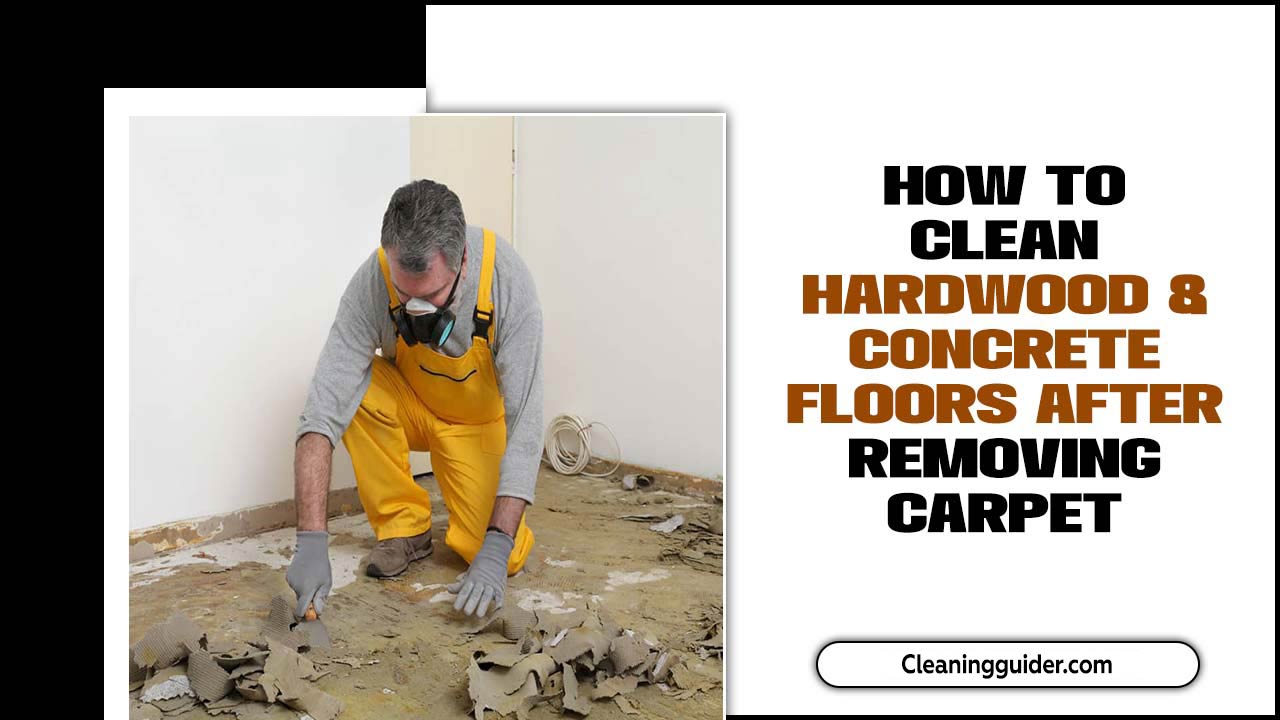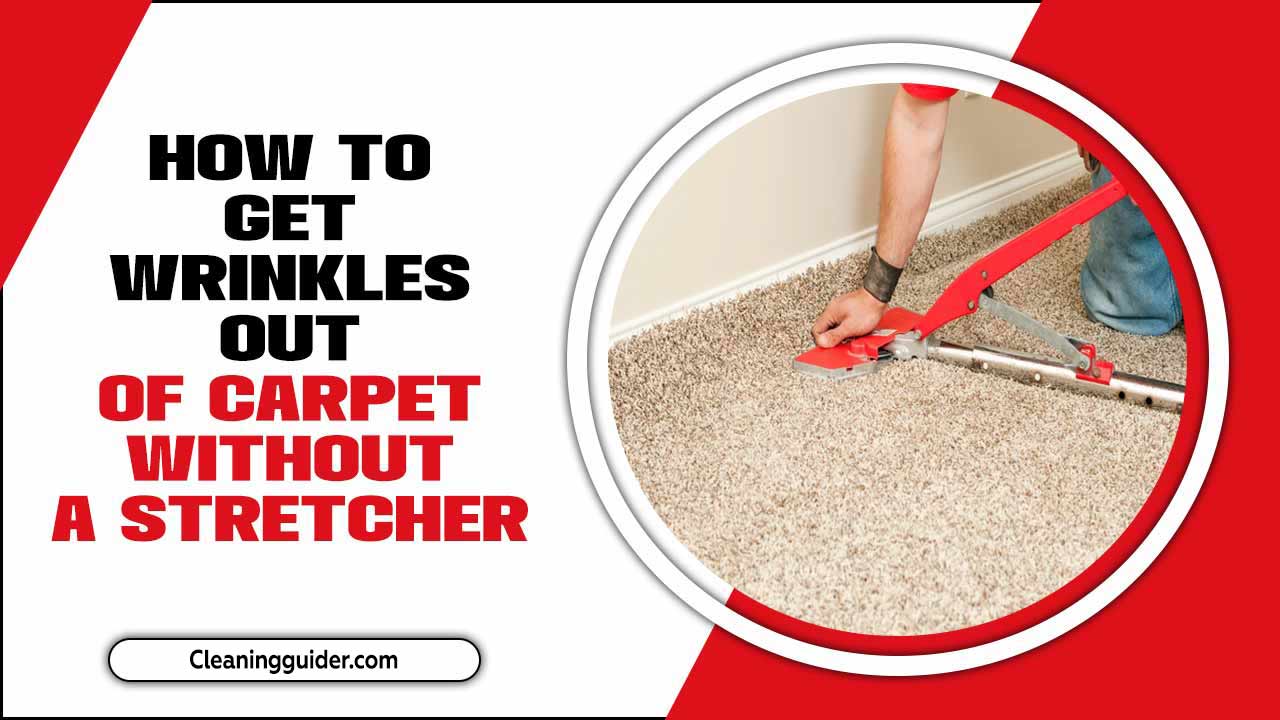Carpets are an essential part of any home or office, providing a cozy and comfortable atmosphere while adding elegance to the space. However, accidents happen, and one of the most dreaded mishaps is spilling bleach on the carpet.
The harsh chemical can cause permanent discoloration and ruin the carpet’s overall appearance. This can be a major concern, especially for those who have invested significant money in their carpets.
Here, we’ll cover everything you need to know about bleach stains on carpets – from what causes them to how you can prevent them in the future. We’ll also provide you with a step-by-step guide on how to remove bleach stains from carpet using simple household items. Additionally, we’ll discuss unique techniques for removing permanent stains and share insights from professional carpet cleaning experts.
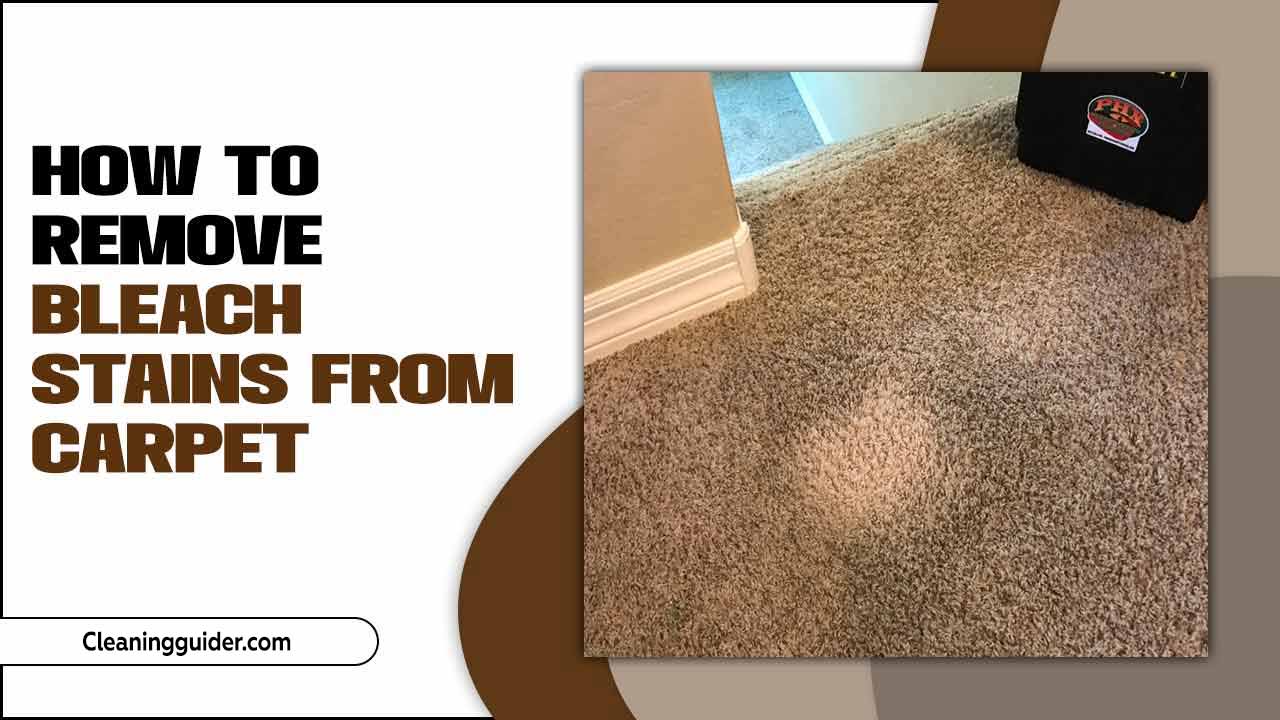
Bleach Stains And Their Impact On Carpets
Bleach stains permanently alter the color of carpets and can vary in depth and intensity based on factors like concentration and exposure time. These stains weaken and deteriorate carpet fibers, compromising their structural integrity and aesthetic appeal. Promptly addressing bleach stains is crucial to minimizing their long-term impact.
Remember to take immediate action when you notice bleach stains, blot them gently, dilute them with cold water, and treat them with appropriate solutions like vinegar or dish soap. Seeking professional help may be necessary for tough stains or when damage control becomes challenging.
Can Bleach Stains Be Removed From Carpets?
If you’ve accidentally spilt bleach on your carpet, you may wonder if there is hope for removing the stain. While bleach stains can be stubborn and difficult to remove, restoring your carpet to its original condition is not impossible.
The success of removing bleach stains will depend on various factors, such as the type of carpet and the severity of the stain. Act quickly and blot up any excess bleach with a clean cloth or paper towel is recommended. Avoid rubbing the stain, as this can cause it to spread further. Several home remedies and commercial products are available that can help lighten or remove bleach stains from carpets.
However, testing any cleaning solution on a small, inconspicuous carpet area is important to ensure it does not cause further damage. Professional carpet cleaning services may sometimes be necessary to eliminate bleach stains and restore your carpet’s appearance fully.
What Causes Bleach Stains On Carpets?
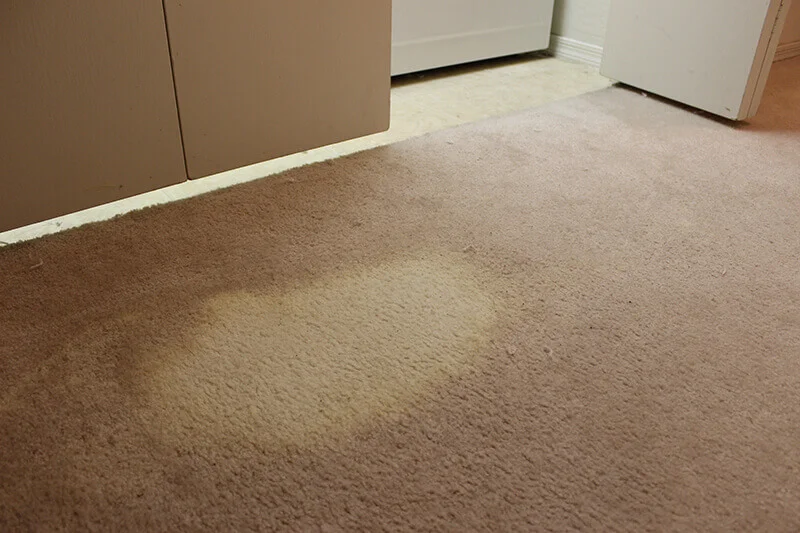
Bleach stains on carpets can be a frustrating and unsightly problem. Understanding what causes these stains can help you prevent them in the future. Bleach is a strong chemical commonly used for cleaning and disinfecting. When it comes into contact with carpet fibers, it can cause a chemical reaction that removes the dye from the fibers, resulting in a bleach stain.
Common causes of bleach stains on carpets include accidental spills, improper use of bleach during cleaning, or exposure to bleach products. It is important to take precautions when using bleach near carpets and to promptly clean up any spills to minimize the risk of staining.
How To Prevent Bleach Stains On Your Carpet
To prevent bleach stains on your carpet, it’s important to avoid using bleach-based cleaning products altogether. Instead, opt for alternative cleaning methods like vinegar or baking soda, which are safer for your carpet’s color.
Always read and follow the instructions on cleaning solutions and test any product in an inconspicuous area before use. If you must use bleach, consider using color-safe bleach specifically designed for carpets to minimize the risk of stains. These precautions will help protect your carpet from bleach-related damage and keep it looking its best.
How To Remove Bleach Stains From Carpet: Step-By-Step Guide

Removing bleach stains from the carpet can be daunting, but with the right approach, restoring your carpet to its original condition is possible. Act quickly to prevent the stain from setting by blotting the bleach gently with a damp sponge or cloth. Dilute the stain with cold water, using cups or warm water, and continue blotting to absorb the diluted bleach.
It’s important to note that removing bleach stains from carpet may not always be successful, especially if the bleach has caused permanent damage to the fibers. In such cases, consulting a professional carpet cleaner for further assistance may be necessary. Here is a step-by-step guide on how to remove bleach stains from carpet:
1.Act Quickly:
Acting promptly and quickly is crucial when removing bleach stains from your carpet. Time is of the essence, as delaying the process can result in permanent damage and long-term discoloration. By acting quickly, you can minimize the extent of the damage caused by the bleach and prevent it from becoming a permanent stain.
Immediate attention is key to saving your carpet from further water damage and preserving the overall color and integrity of your carpet fibers. Don’t wait to address bleach stains on your carpet—act swiftly to ensure the best chance of successful stain removal.
2.Blot The Stain:
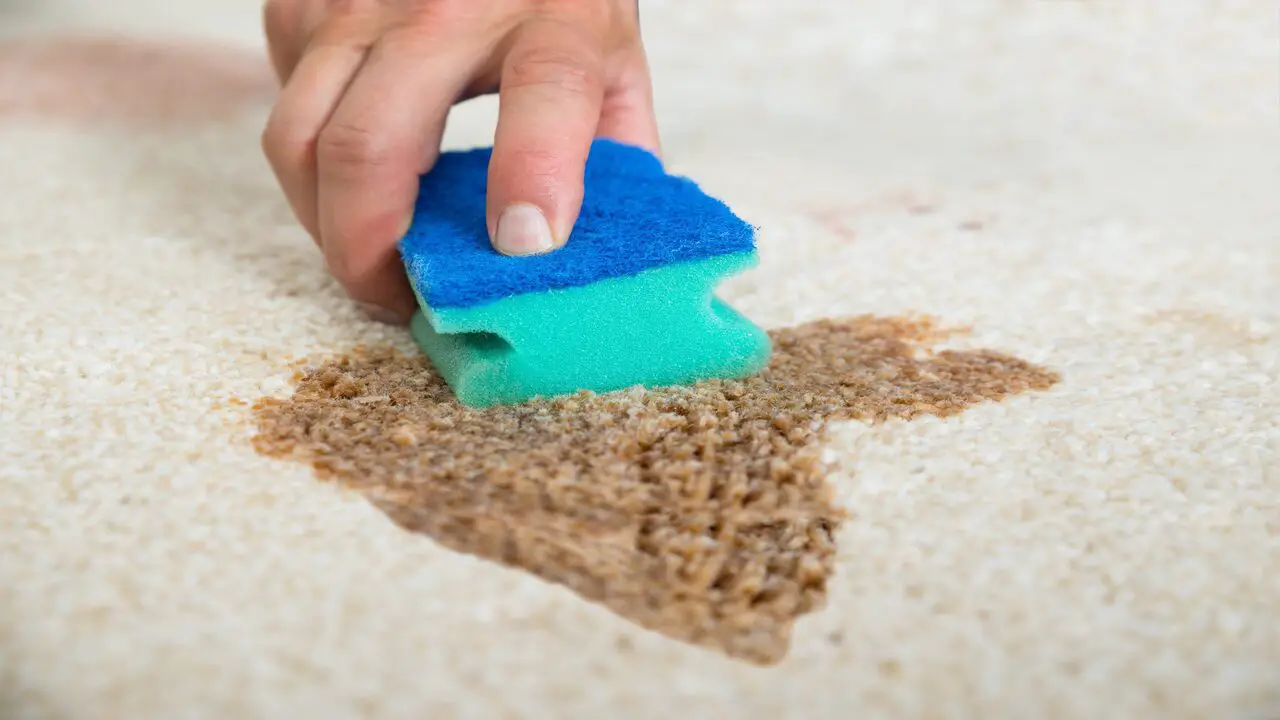
To effectively remove bleach stains from carpet, start by blotting the stain to absorb the excess liquid and prevent further spreading. Use a clean cloth or paper towel to blot the stain, avoiding rubbing as it can push the bleach deeper into the carpet fibers.
Blotting the stain helps lift the bleach from the fibers, so remove as much of the bleach as possible by blotting the stained area. Following this first step, you can minimize the damage caused by bleach stains on your carpet.
3.Dilute With Water:
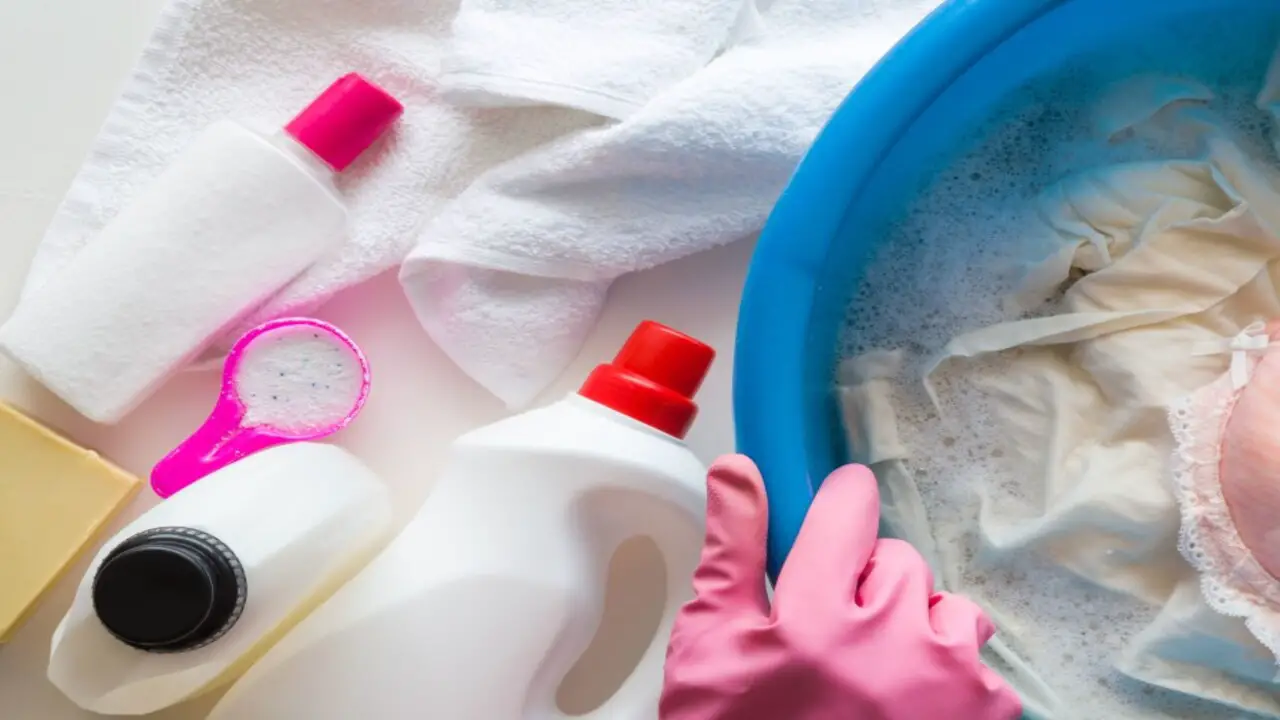
To minimize the impact of a bleach stain on your carpet, diluting it with water is key. Warm water works best for this purpose. Adding water to the stain can reduce its intensity and make it easier to remove. This dilution process also helps minimise any color loss caused by the bleach. Use a damp sponge or cloth to blot the area and remove excess water.
4.Blot Again:
To thoroughly remove the diluted bleach, it is important to blot the area again. Use a clean cloth or paper towel to absorb the diluted bleach from the carpet fibers. Repeat the blotting process multiple times to ensure maximum absorption.
By blotting the area again, you can effectively remove the residual bleach and restore the color of your carpet. Remember to blot gently to avoid any damage to the carpet fibers. This step plays a vital role in the overall process of removing bleach stains from your carpet.
5.Treat With Hydrogen Peroxide:
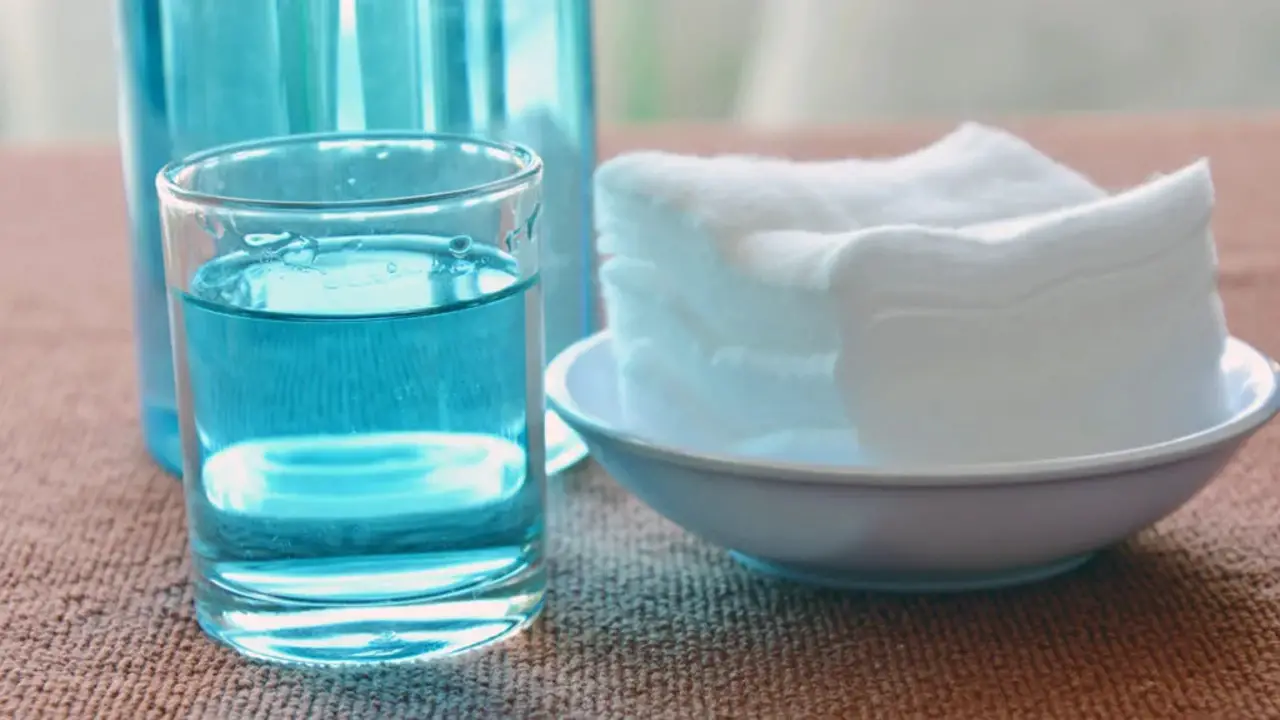
Treating the bleach stain with hydrogen peroxide can remove it from your carpet. Apply a small amount of hydrogen peroxide directly to the stain and let it sit for a few minutes. Blot the stain with a clean cloth or paper towel to remove the hydrogen peroxide. This will help restore the color of your carpet as hydrogen peroxide acts as a bleach neutralizer. Remember to take proper care and monitor the drying process.
6.Blot And Rinse:
After treating the stain with hydrogen peroxide, gently blot the area again. Ensure thoroughly rinsing the treated area with clean water to eliminate any remaining residue. To dry the carpet, use a clean cloth or paper towel to blot the area. This step is crucial as it removes any leftover hydrogen peroxide and completely removes all cleaning agents. By diligently blotting and rinsing the area, you can effectively restore the color of your carpet and prevent any potential water damage.
7.Dry And Monitor:
Once you have treated the bleach stain on your carpet, allowing the carpet to dry completely before using it again is crucial. This will ensure that the stain removal process is effective. Additionally, keep an eye on the treated area to ensure the stain is fully removed and there are no signs of reoccurrence or further damage.
Proper drying and monitoring are essential steps to ensure successful stain removal. Remember to wait until the carpet is completely dry to prevent any potential mold or mildew growth.
Is It Possible To Remove Old Bleach Stains From Carpets?
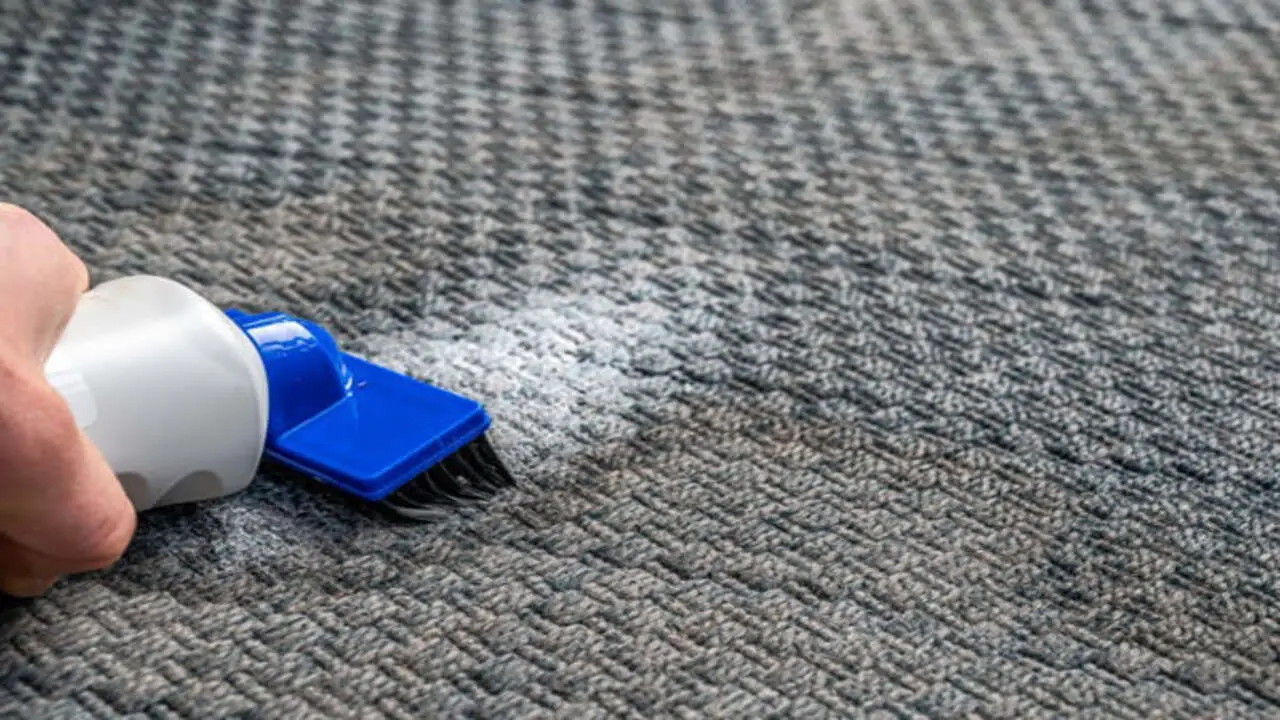
Removing old bleach stains from carpets can be challenging, but it is not impossible. The key to successfully removing these stains is acting quickly and using the right techniques. Here are some steps you can take to try and remove old bleach stains from your carpet:
- Blot The Stain: Blotting the affected area with a clean cloth or paper towel to remove excess bleach. Avoid rubbing the stain, as this can spread it further.
- Dilute The Bleach: Mix a solution of equal parts water and white vinegar or lemon juice. Apply this mixture to the stained area and let it sit for a few minutes.
- Blot Again: Blot The Stain Again With A Clean Cloth Or Paper Towel After Letting The Mixture Sit. Repeat this step until no more bleach transfers onto the cloth.
- Rinse With Water: Once you have removed as much bleach as possible, rinse the area with clean water to remove any remaining residue.
- Dry Thoroughly: Allow the carpet to air dry completely before walking on it or placing any furniture back on top.
Remember that older bleach stains may be more difficult to remove, and there is no guarantee that these steps will completely eliminate the stain. If all else fails, you may consider hiring a professional carpet cleaner to restore your carpet’s appearance.
Professional Insights: What Do Carpet Cleaning Experts Say?
When removing bleach stains from carpet, consulting with carpet cleaning experts for their professional insights is always helpful. While bleach stains can be notoriously difficult to remove, there are some tips and tricks that experts recommend.
First, it’s important to act quickly and blot up any excess bleach before it can fully penetrate the carpet fibers. Next, using a mixture of mild detergent and water, gently scrub the stained area in a circular motion. Avoid harsh chemicals or abrasive scrub brushes, which can further damage the carpet.
If the stain persists, experts suggest using a color-safe bleach or hydrogen peroxide solution to lighten the stain. However, it’s important to test these solutions on a small, inconspicuous carpet area first to ensure they don’t cause further damage or discoloration.
If all else fails, it may be best to seek professional help from a professional carpet cleaning service that can assess the situation and provide appropriate solutions for removing bleach stains from your specific type of carpet.
Unique Techniques For Removing Bleach Stains From Carpets

Removing bleach stains from carpets can be challenging, but with the right techniques, it is possible to restore the appearance of your carpet. Here are some unique techniques for removing bleach stains from carpets:
- Dilute And Blot: If the bleach stain is fresh, immediately dilute it with water and blot the area with a clean cloth or paper towel. This can help to minimize the damage caused by the bleach.
- Vinegar And Baking Soda: Create a paste using equal parts vinegar and baking soda. Apply the paste to the bleach stain and let it sit for a few hours. Then, gently scrub the area with a soft brush and rinse thoroughly with water.
- Hydrogen Peroxide: Hydrogen peroxide can effectively remove bleach stains from carpets. Apply a small amount of hydrogen peroxide to the stain and let it sit for about 15 minutes. Blot the area with a clean cloth or paper towel until the stain is lifted.
- Carpet Dye: If all else fails, consider using a carpet dye specifically designed to cover up bleach stains. Follow the instructions on the dye carefully to achieve optimal results.
Remember, it’s always best to test any cleaning solution or technique on a small, inconspicuous area of your carpet before applying it to the entire stain. Additionally, if you’re unsure or uncomfortable tackling bleach stains yourself, you should seek professional help from a carpet cleaning service.
What If You Can’t Remove the Bleach Stain Yourself?
If you cannot remove a bleach stain from your carpet, it may be time to seek professional help. While many DIY methods can effectively remove stains, some bleach stains may be too stubborn or have caused permanent damage to the carpet fibers.
In these cases, it is best to contact a professional carpet cleaner with the expertise and specialized equipment to tackle tough stains. They can assess the damage and determine the best action to restore your carpet’s appearance. Remember, it is always better to seek professional assistance rather than risk further damage to your carpet by attempting to remove the stain yourself.
Can You Salvage A Carpet After A Bleach Stain?

Accidents happen, and sometimes bleach stains are the unfortunate result. Don’t panic just yet if you find a bleach stain on your carpet. While it can be challenging to remove a bleach stain from a carpet completely, there are steps you can take to salvage your carpet potentially.
First, act quickly and blot up as much bleach as possible using a clean cloth or paper towel. Avoid rubbing the stain, as this can spread it further. Next, dilute the remaining bleach by applying water to the affected area and blotting again.
If the stain persists, you may want to consider using a carpet cleaner specifically designed for removing bleach stains. It’s important to note that success in removing a bleach stain will depend on various factors, such as the type of carpet and the severity of the stain. In some cases, professional help may be necessary to restore your carpet’s appearance.
Conclusion
While bleach stains on carpets can be a frustrating problem, they are not always permanent. By acting quickly and following the step-by-step guide, you can significantly improve your chances of removing the stain. However, it is important to note that older bleach stains may be more challenging to eliminate completely.
If you cannot remove the bleach stain on your own or if it is particularly stubborn, it may be worth considering professional carpet cleaning services. Additionally, some individuals have found success with unique techniques, such as using coffee grounds. Ultimately, the best course of action will depend on the severity of the stain and the type of carpet you have. We hope you know how to remove bleach stains from carpet.
Frequently Asked Questions
1.Can You Reverse Bleach Stains On Carpet?
Ans: Unfortunately, bleach stains on carpet are usually permanent. However, some products available in the market can help minimize their appearance. Professional carpet cleaners may also be able to remove or minimize these stains with specialized treatments. Act quickly and avoid using other cleaning products, which may worsen the situation.
2.Are Bleach Stains On Carpet Permanent?
Ans: Bleach stains on carpets are typically permanent, as the bleach removes the color from the carpet fibers, leaving behind a white or yellowish spot. However, there are methods to mask the stain using dye or a carpet patch kit. Prevention is key to avoid bleach stains – handle bleach with caution and consider alternative cleaning solutions.
3.Can Baking Soda Remove Bleach Stains From Carpet?
Ans: Baking soda can be a helpful solution for removing bleach stains from carpets. Mix baking soda with water, apply a paste to the stain, and let it sit for several hours. Vacuum up any residue once the paste has dried. For stubborn stains, consider professional cleaning or specialized products.
4.Can Bleach Stains Be Removed?
Ans: Yes, bleach stains can be removed from carpets. You can use a mixture of water and vinegar or a carpet stain remover designed for bleach stains. Acting quickly is crucial to prevent the stain from setting in.
5.What Happens If You Bleach A Carpet?
Ans: Accidental bleaching of a carpet can lead to permanent discoloration, fading, and weakened fibers. This damage may be irreversible, requiring the replacement of the affected area. To avoid such issues, follow cleaning product instructions carefully and test new products on a small inconspicuous area first.


